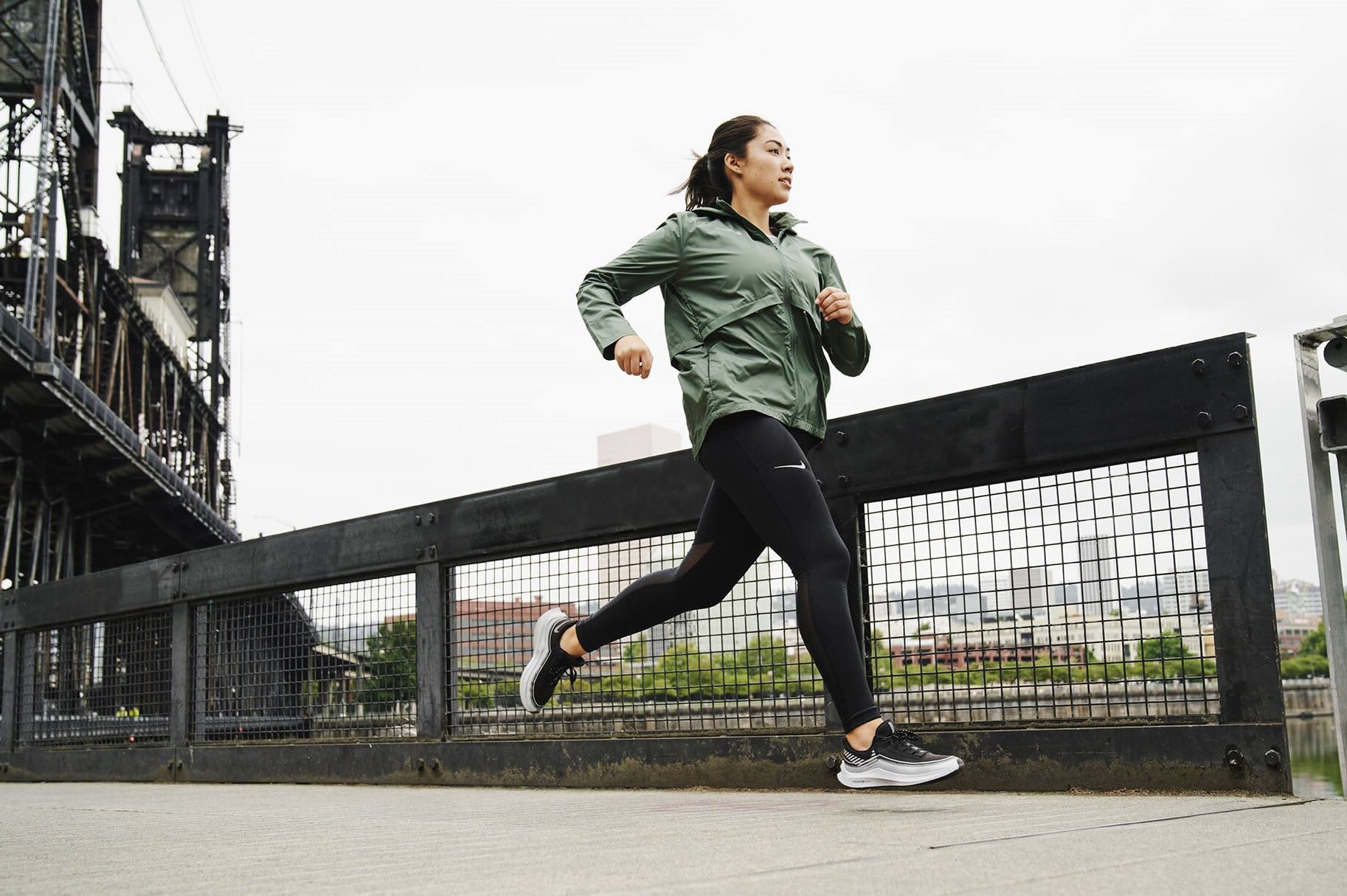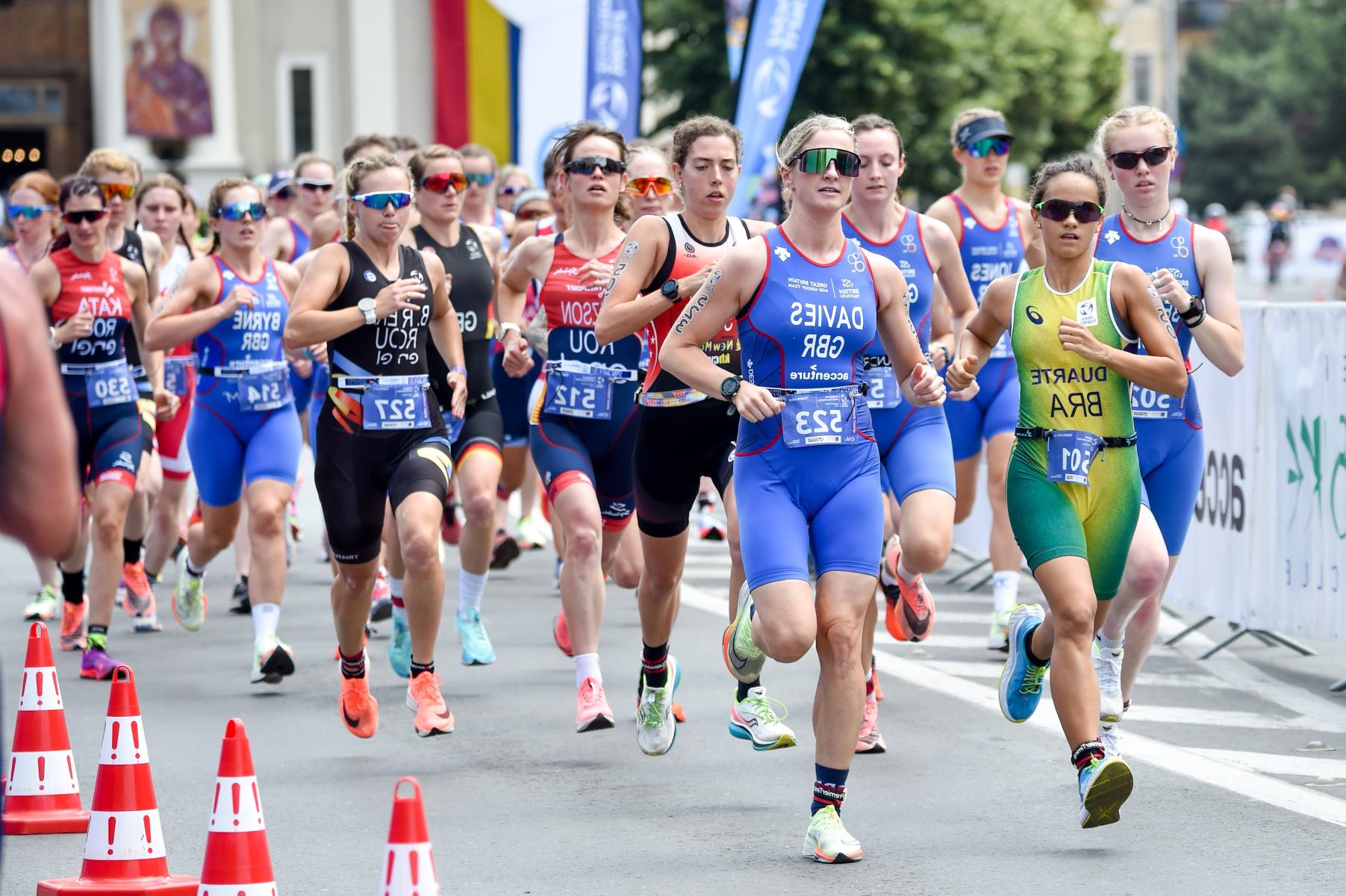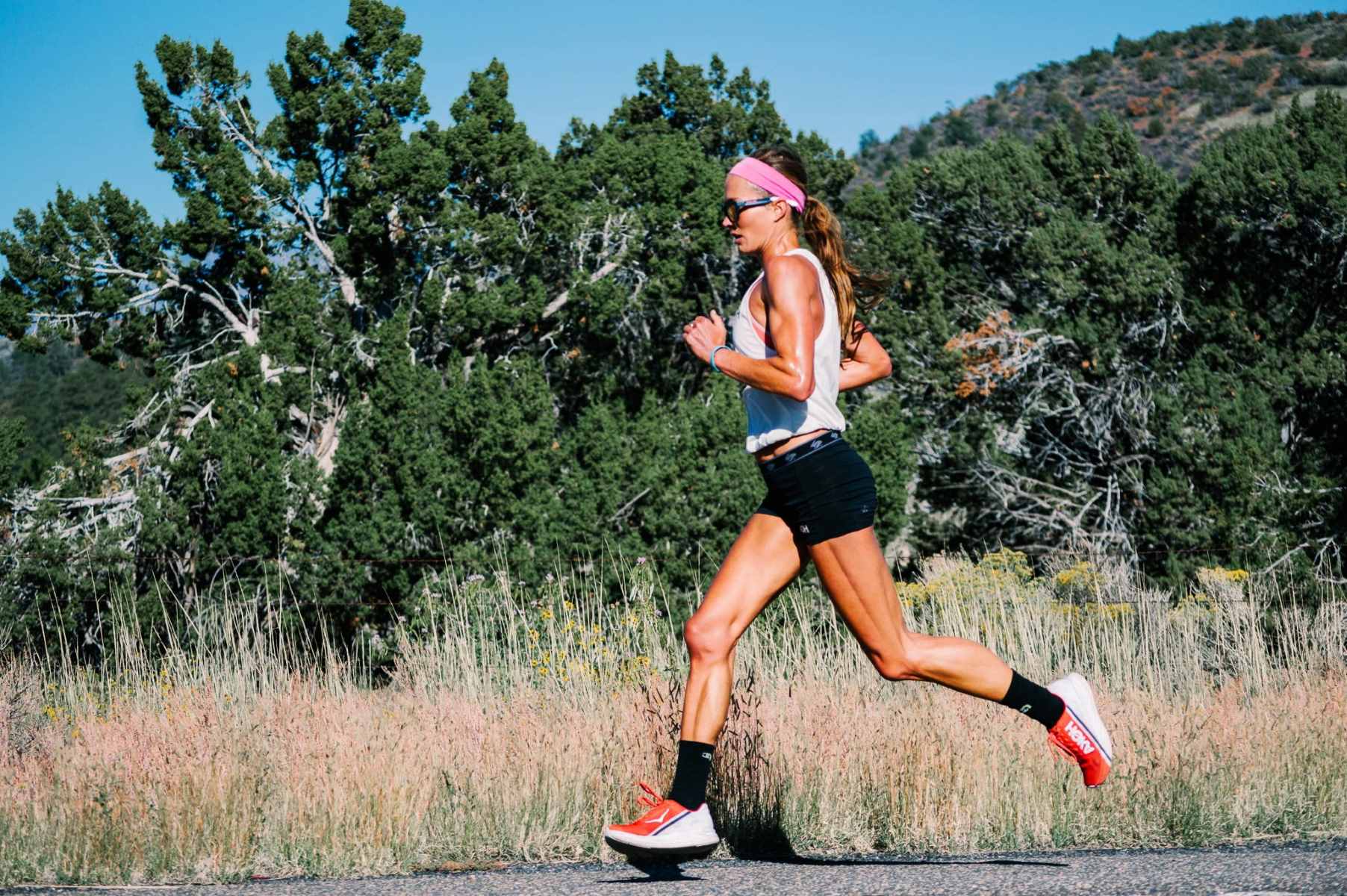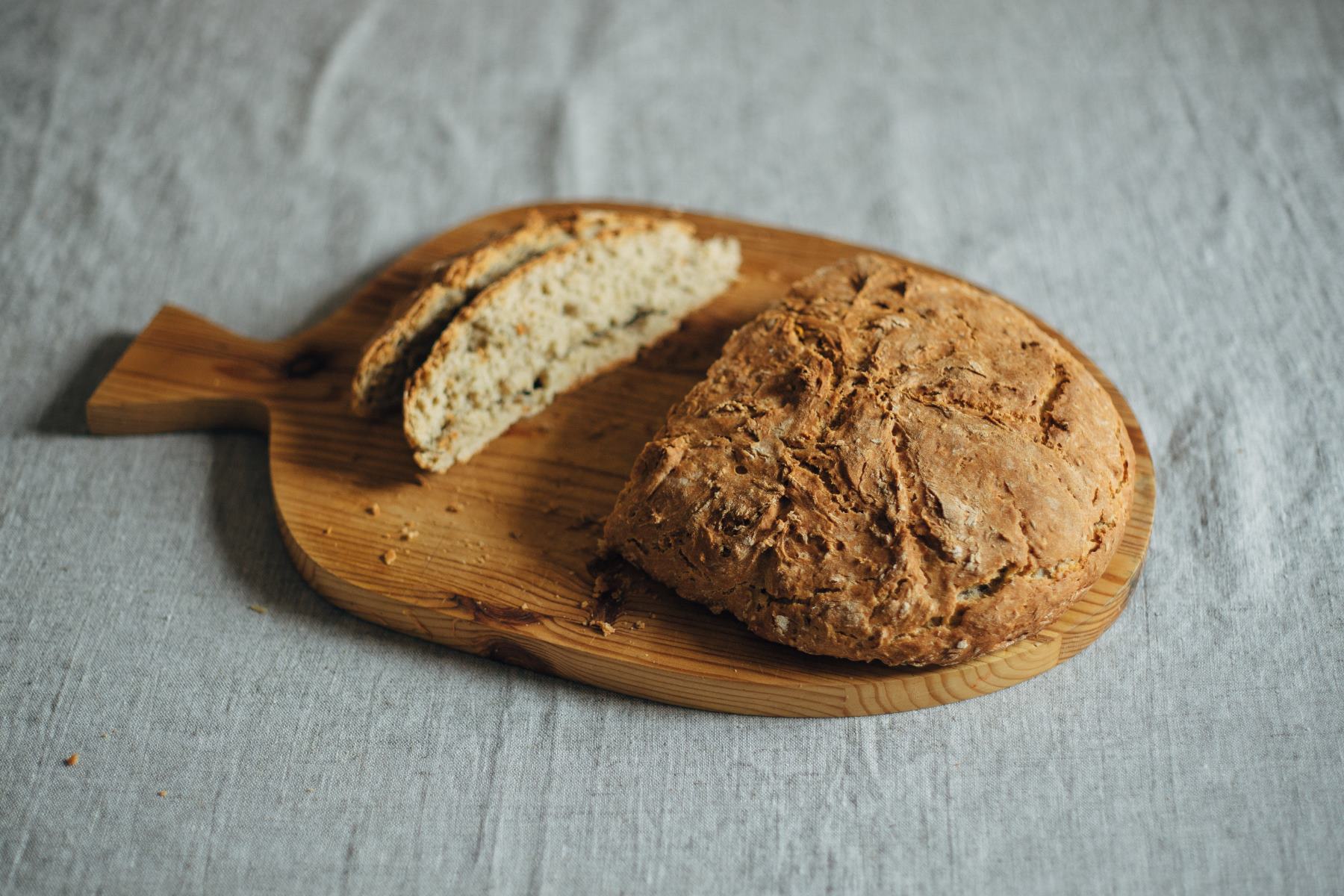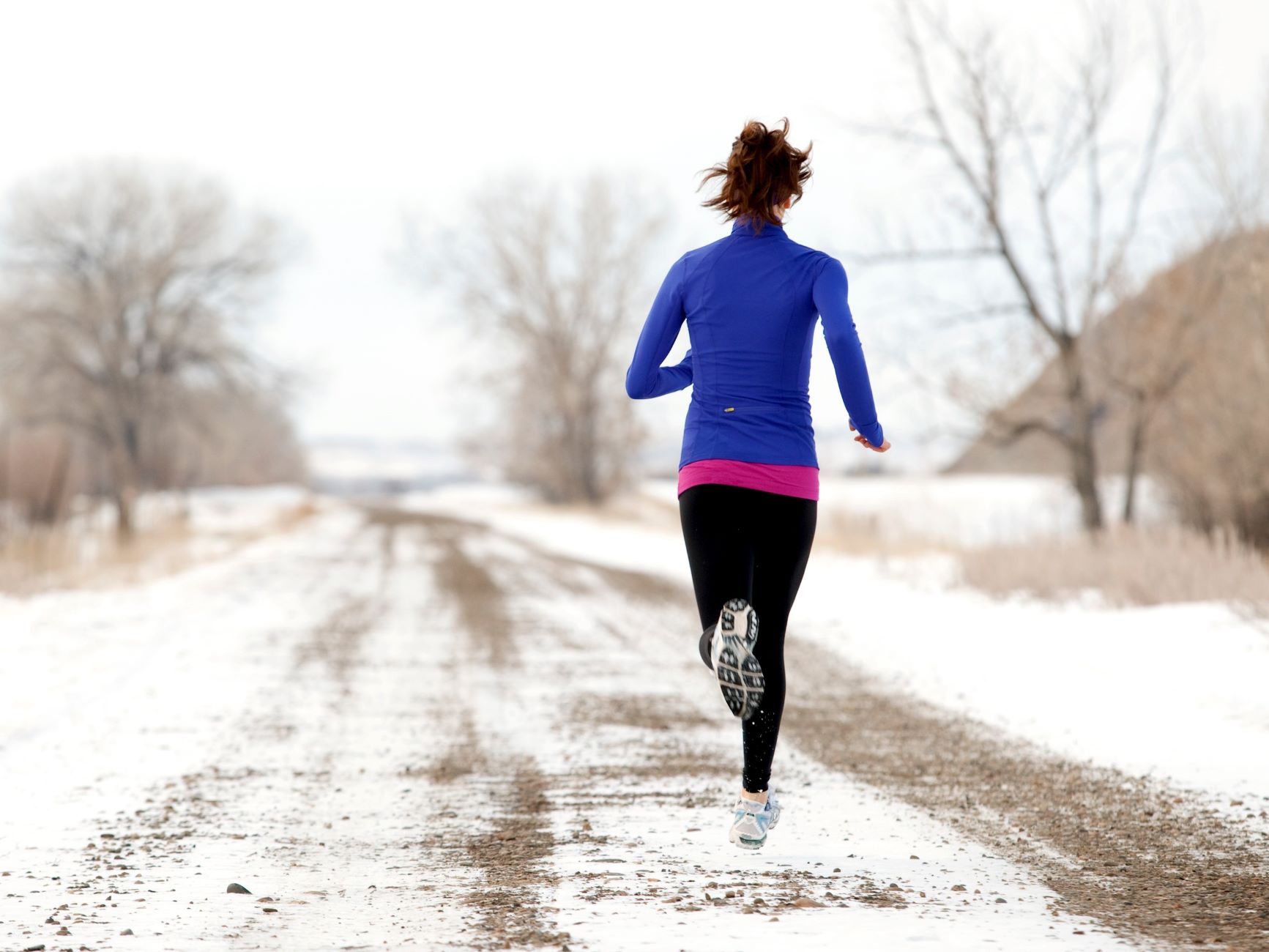Home>Training & Techniques>Raworth’s Perspective On Running: Age Is No Barrier
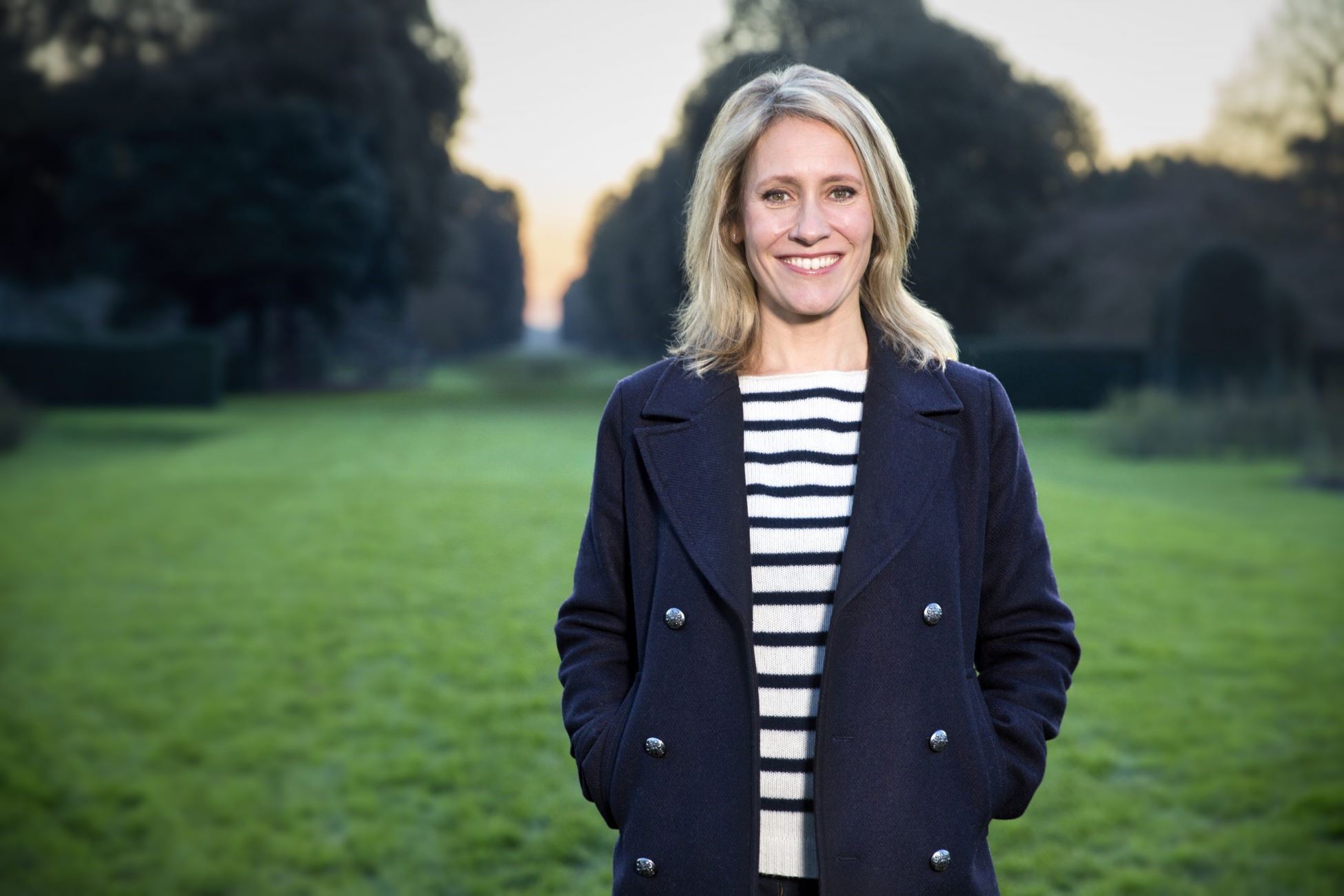

Training & Techniques
Raworth’s Perspective On Running: Age Is No Barrier
Published: February 29, 2024
Discover Raworth's perspective on running and how age is no barrier with her training and techniques. Uncover the secrets to successful running at any age.
(Many of the links in this article redirect to a specific reviewed product. Your purchase of these products through affiliate links helps to generate commission for Therunningadvisor.com, at no extra cost. Learn more)
Table of Contents
Introduction
Running is a timeless activity that transcends age barriers and continues to be a popular form of exercise for people of all generations. Whether you're in your 20s or well into your golden years, the joy and benefits of running are accessible to everyone. As we age, it's natural to encounter physical changes and potential limitations, but these should not deter anyone from lacing up their running shoes and hitting the pavement. In fact, embracing running at an older age can bring about a myriad of physical, mental, and emotional benefits that contribute to a fulfilling and active lifestyle.
In this article, we will delve into the world of running from a mature perspective, exploring the numerous advantages it offers for individuals in their later years. We will also address the common challenges that older runners may face and provide valuable insights and tips from renowned runner Jo Pavey, who has defied age stereotypes and continues to excel in her running journey. Whether you're a seasoned runner or someone considering taking up running later in life, this article aims to inspire and empower individuals to embrace the joy of running at any age.
Running is not just a physical activity; it's a holistic experience that encompasses mental fortitude, emotional well-being, and social connections. By understanding the unique benefits and challenges associated with running at an older age, individuals can make informed decisions and adopt strategies to enhance their running journey. So, let's lace up our shoes and embark on a journey that celebrates the enduring spirit of running, regardless of age.
The Benefits of Running at Any Age
Running is a timeless activity that offers a multitude of benefits, regardless of age. Embracing running later in life can significantly enhance physical health, mental well-being, and overall quality of life. Here are the key advantages of running at any age:
1. Physical Health:
- Cardiovascular Fitness: Running is a highly effective way to improve cardiovascular health, strengthen the heart, and enhance circulation. It helps lower blood pressure, reduce the risk of heart disease, and boost overall endurance.
- Bone Strength: Engaging in weight-bearing activities like running can contribute to improved bone density, reducing the risk of osteoporosis and fractures, especially crucial for older adults.
- Weight Management: Running aids in burning calories and maintaining a healthy weight, which is essential for overall health and reducing the risk of obesity-related conditions.
2. Mental Well-being:
- Stress Relief: Running serves as a powerful stress-reliever, releasing endorphins that elevate mood and alleviate anxiety and depression.
- Cognitive Function: Regular running has been linked to improved cognitive function and reduced risk of age-related cognitive decline, promoting mental sharpness and clarity.
- Emotional Resilience: The sense of accomplishment and mental fortitude developed through running can enhance emotional resilience and overall well-being.
3. Social Engagement:
- Community Connection: Running provides opportunities for social interaction and community engagement through group runs, local races, and running clubs, fostering a sense of belonging and camaraderie.
- Shared Experiences: Connecting with fellow runners of all ages creates a supportive network, encouraging motivation, and the exchange of valuable insights and experiences.
4. Longevity and Quality of Life:
- Aging Gracefully: Regular running has been associated with increased longevity and a higher quality of life in older adults, promoting independence and vitality.
- Disease Prevention: The benefits of running extend to reducing the risk of chronic diseases such as diabetes, certain cancers, and age-related ailments, contributing to a healthier and more active lifestyle.
In essence, running at any age offers a holistic approach to well-being, encompassing physical vitality, mental resilience, and social connections. These benefits underscore the timeless appeal of running as a fulfilling and enriching activity that transcends age barriers, making it a valuable pursuit for individuals seeking to lead vibrant and active lives.
Overcoming Age-Related Challenges in Running
As individuals embrace running at an older age, they may encounter specific challenges that require thoughtful consideration and proactive strategies. Understanding and addressing these age-related hurdles is essential for fostering a sustainable and enjoyable running experience. Here are key challenges faced by older runners and effective approaches to overcome them:
-
Musculoskeletal Health: Aging brings about natural changes in musculoskeletal health, including decreased muscle mass, joint stiffness, and potential injury risks. To mitigate these challenges, older runners can incorporate strength training exercises into their routine to enhance muscle strength and joint stability. Additionally, proper warm-up and cool-down routines, along with flexibility exercises, can help maintain mobility and reduce the likelihood of injuries.
-
Recovery Time: As we age, the body's ability to recover from intense physical activity may diminish. Older runners should prioritize adequate rest and recovery periods between runs to allow for muscle repair and reduce the risk of overuse injuries. Listening to the body's signals and adjusting training intensity and frequency accordingly is crucial for promoting sustainable running habits.
-
Balance and Coordination: Age-related changes in balance and coordination can impact running performance and increase the risk of falls. Engaging in balance-enhancing exercises, such as yoga or tai chi, can improve stability and proprioception, contributing to safer and more efficient running strides. Additionally, incorporating agility drills and exercises that target proprioceptive awareness can further enhance overall coordination and balance.
-
Nutritional Considerations: Aging bodies may have different nutritional needs, requiring a tailored approach to fueling and recovery. Older runners should focus on a well-balanced diet rich in nutrients that support bone health, muscle recovery, and overall vitality. Adequate hydration and sufficient intake of protein, healthy fats, and micronutrients play a crucial role in sustaining energy levels and supporting the body's repair processes.
-
Mindset and Motivation: Maintaining a positive mindset and staying motivated to run consistently can be challenging as individuals age. Setting realistic goals, celebrating progress, and embracing the joy of running as a lifelong pursuit can help sustain motivation and enthusiasm. Engaging in varied running routes, seeking out new challenges, and participating in supportive running communities can also invigorate the running experience and foster a resilient mindset.
By acknowledging and addressing these age-related challenges, older runners can proactively navigate potential obstacles and cultivate a sustainable and fulfilling running journey. Embracing a holistic approach that encompasses physical conditioning, recovery strategies, nutritional support, and a resilient mindset empowers older runners to overcome age-related barriers and continue reaping the timeless benefits of running.
Raworth's Tips for Older Runners
Renowned runner Jo Pavey, affectionately known as Raworth in the running community, has amassed a wealth of experience and insights throughout her illustrious career. As an advocate for embracing running at any age, Raworth offers invaluable tips tailored specifically for older runners, empowering them to navigate the unique considerations and challenges associated with running later in life.
1. Embrace Adaptability:
Raworth emphasizes the importance of embracing adaptability in training routines and expectations. As individuals age, being attuned to the body's signals and adjusting training intensity, duration, and recovery periods accordingly is crucial. Flexibility in approach allows older runners to maintain consistency while respecting the body's evolving needs.
2. Prioritize Recovery and Regeneration:
Recognizing the significance of recovery, Raworth advocates for prioritizing rest and regeneration. Older runners should integrate ample recovery time into their training schedules, allowing for muscle repair and minimizing the risk of overuse injuries. Embracing techniques such as foam rolling, gentle stretching, and adequate sleep fosters optimal recovery and sustained running enjoyment.
3. Focus on Strength and Conditioning:
Raworth underscores the value of incorporating strength and conditioning exercises into the training regimen of older runners. Building muscular strength and enhancing joint stability through targeted exercises not only supports running performance but also contributes to injury prevention and overall musculoskeletal health.
4. Listen to the Body:
A cornerstone of Raworth's approach is the emphasis on listening to the body's cues and signals. Older runners should cultivate mindfulness during their runs, paying attention to any discomfort or signs of fatigue. By honoring the body's feedback and making adjustments as needed, runners can sustain their passion for running while safeguarding their well-being.
5. Cultivate a Supportive Network:
Raworth advocates for the importance of cultivating a supportive network within the running community. Connecting with fellow runners, seeking guidance from experienced peers, and participating in inclusive running groups fosters a sense of camaraderie and provides valuable encouragement, especially for older runners embarking on their running journey.
6. Celebrate Milestones and Progress:
Encouraging a positive mindset, Raworth highlights the significance of celebrating milestones and progress, regardless of pace or distance. Older runners should embrace each run as an achievement, acknowledging the dedication and perseverance it represents. By nurturing a mindset of gratitude and celebration, runners can sustain their passion for running throughout their lives.
Raworth's tips for older runners encapsulate a holistic approach that prioritizes adaptability, recovery, strength, mindfulness, community, and positivity. By internalizing these insights, older runners can navigate their running journey with resilience, joy, and a deep appreciation for the enduring benefits of this timeless activity.
Conclusion: Embracing a Lifetime of Running
Embracing a Lifetime of Running encompasses a journey that transcends age, defies limitations, and celebrates the enduring spirit of physical activity. Regardless of the number of years one has lived, the act of running remains a timeless pursuit that offers a myriad of physical, mental, and emotional benefits. From the invigorating sensation of the first step to the rhythmic cadence of each stride, running holds the power to enrich lives and foster a deep sense of vitality.
As individuals venture into the realm of running, particularly in their later years, they embark on a path illuminated by resilience, adaptability, and unwavering determination. The culmination of a lifetime of running is not marked by a finish line, but rather by a continuous evolution of personal growth, well-being, and a steadfast commitment to embracing the joy of movement.
The essence of embracing a lifetime of running lies in the profound connection between the body, mind, and spirit. It is a testament to the human spirit's capacity for endurance, renewal, and unwavering perseverance. Each step taken, whether brisk or leisurely, resonates with the echoes of countless individuals who have embraced the timeless allure of running, defying age stereotypes and embracing the boundless possibilities that lie ahead.
As the sun rises on each new day, so too does the opportunity to lace up running shoes and embark on a journey that knows no bounds. It is a journey that intertwines the wisdom of experience with the exuberance of discovery, weaving a tapestry of memories, triumphs, and the enduring pursuit of personal excellence.
In the tapestry of a lifetime of running, every thread represents a moment of resilience, every stitch a testament to the unwavering dedication to physical well-being. It is a tapestry that transcends generations, inspiring others to embrace the timeless joy of running and to revel in the boundless possibilities that await on the open road.
In the grand symphony of life, the act of running serves as a melodic ode to the indomitable human spirit, resonating with the harmonious cadence of determination, perseverance, and the unyielding pursuit of vitality. Embracing a lifetime of running is not merely a journey; it is a symphony of resilience, a celebration of the enduring spirit, and a testament to the timeless pursuit of well-being.

